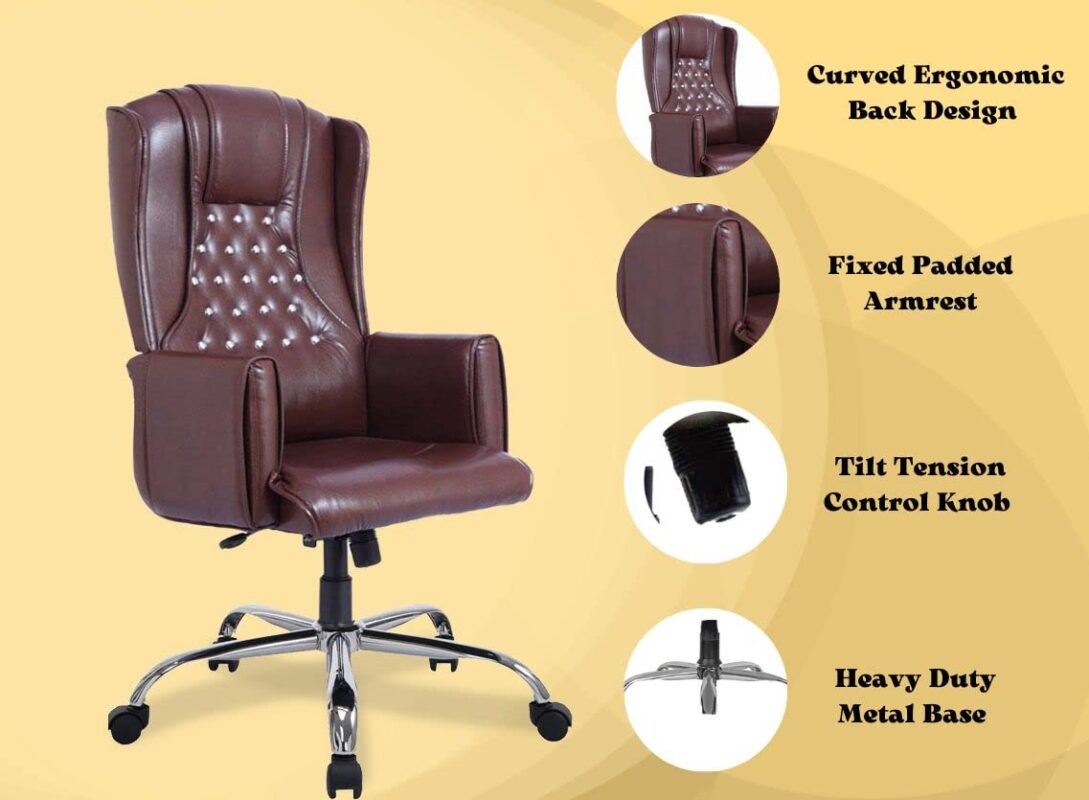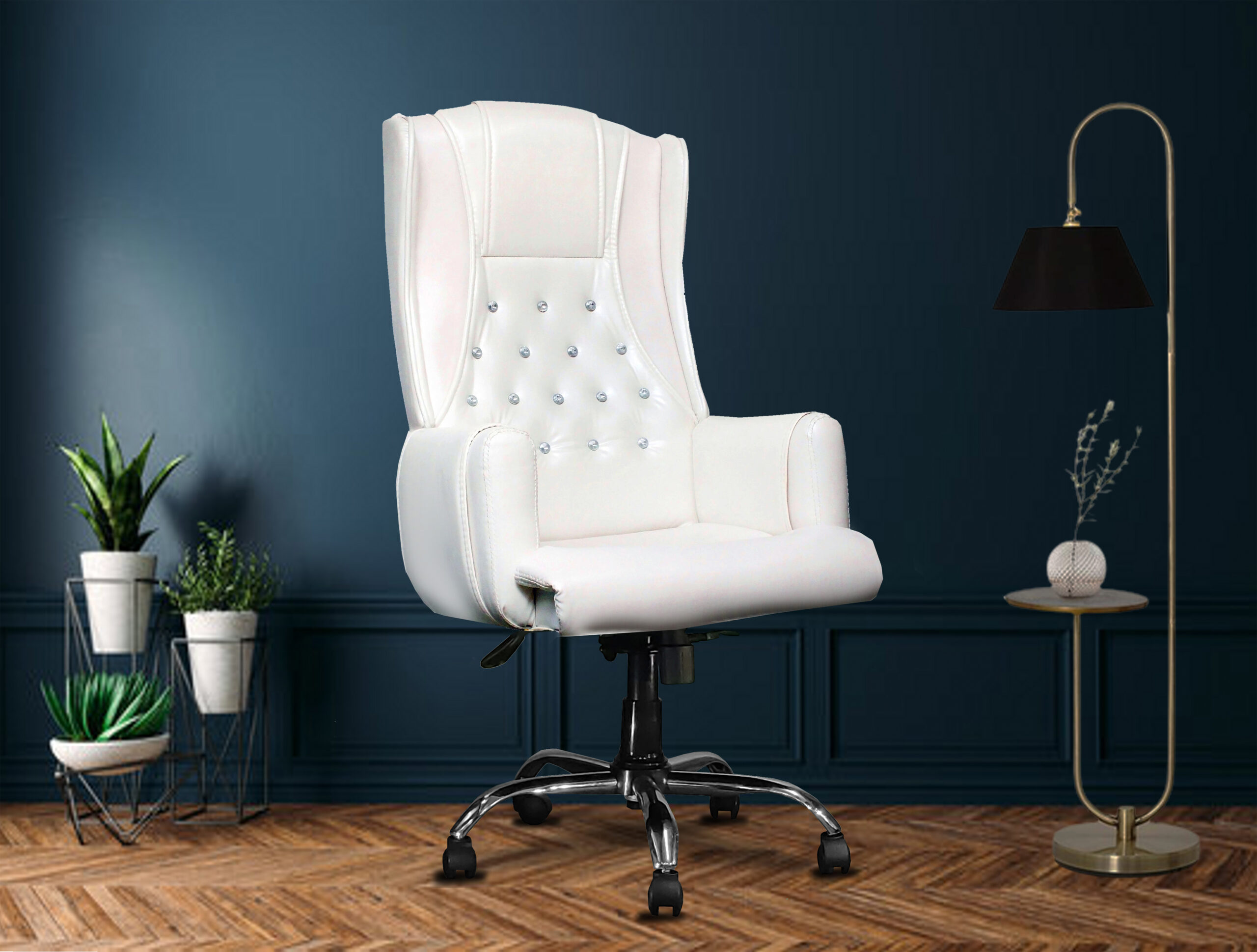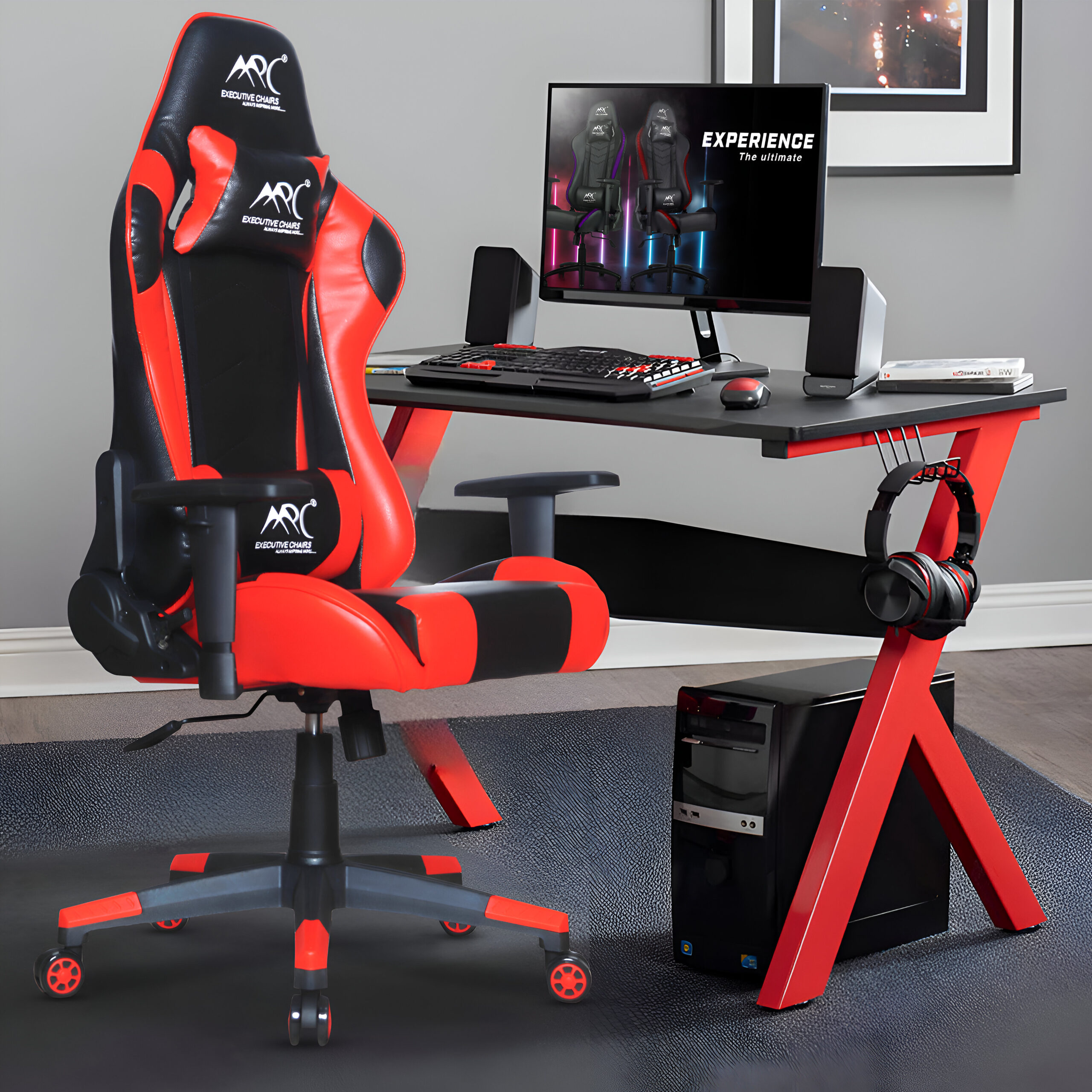Introduction
Maharaja chairs are a traditional symbol of monarchy in India. Originally intended for the king and the nobility, this fancy is defined a royal throne—transmitted to the world the owner’s wealth, power, and status. In order to provide some context for the ongoing appeal and historical value of maharaja chairs, this study examines their history, design features, symbolism, contemporary relevance, and cleaning.
What is a Maharaja Chair?
The Maharaja Chair
The chair is of a royal look and is a rich classic of Indian style with intricate carvings. Reserved for kings and high officials to symbolize the power and authority, this chair is definitely classic. The designs are opulent; the materials are luxurious; and it allows for careful describing, it is a precious possession/cultural artifact.
Maharaja’s Chair: Ancient Origins
The practice of royal seating dates back to ancient India, when kings and other rulers were seen attending court with their own people and performing ceremonial duties while seated on ornate thrones. The prototypes had a variety of cultural transmissions and cross diastic factors, that laid the foundation for Maharaja chairs to evolve into the shape that emerged ages later.
Evolution of Design
The chairs underwent so much changes in design and borrowed from so many artistic traditions and regional styles from all over India. The element landed from Persia, Mughal and the European designs that contributed to the ornate carvings, elaborate motifs, and symbolic images of the Maharaja chairs of today.

Design Elements
Carvings and Embellishments
Some of the prime features of Maharaja chairs are intricate carvings and embellishments. Skilled artisans undertake the process of carefully engraving flowery patterns, mythological figures, and religious themes in wood or metal. All these end up not only in surfaces with spectacular visuals that further tell a story a lot in a cultural symbolic language about traditional heritage. Materials Used
Maharaja chairs are made of top-grade material for identity with the luxurious and classy statuses of the owners. They use teak, rosewood, and ebony, between the hustles, to revert class or for that purpose, added by the ability to last for the people whose hands they land. Resell prices go even higher for some when they are further decorated with expensive fabrics, gold or silver leaf, and occasionally embedded with precious gemstones.
Symbolism and Cultural Significance
The Identification of the Owner—Status Symbol:
In Indian culture, a throne represents sovereignty and paramountcy. A Maharaja’s chair is that of the ruling monarch, mainly his inner circle, and it creating a real statement of his divinity and place in the community. These chairs were symbols of more than just furniture but rather power and majesty.
Ceremonial Use
Maharaja chairs were chiefly used in royal ceremonies, including coronations and during religious rituals. Maharaja chairs were only produced and used during the times of great honour to mark the importance and solemnity of the honour and to show the legitimization of the noble or royal person. The opulence in design and the flamboyance in work in Maharaja chairs underlined the importance of tradition and heritage in the Indian courtly life.
Types of Maharaja Chairs
Throne-like Designs
The most popular and recognisable are almost throne-like, with ornate armrests and high backs. They have been certain equipped with a canopy or other top adornment. Additionally, they are made with the majesty of the person seated in mind, emphasising their rank and authority by standing out.
Regional Variations
There are regional variations for the Maharaja chair across India, influenced by local traditions, cultural practices, and historical periods. The application can extend from the ornate and spectacular chairs of Rajasthan to the quiet, discreet elegance of the chairs often found in southern India. Indeed, in general, each region put forth its characteristics and features of Maharaja chairs which present its cultural identity and artistic heritage.
Usage in Interior Design
Because of their aesthetic value besides the historical value they bestowed, the Maharaja chairs’ legacy continues into the modern era. The features of these chairs are highly coveted by interior decorators and collectors since they not only lend poise to interiors, and show the rich cultural legacy of modernism. The Maharaja chairs are scattered across luxurious homes and historic hotels; some of them are even seated in museum collections, where they are kept for the benefit of future generations.
Collectible and Investment Value
It has been a highly collectible chair from antique lovers and collectors all over the world. Their rarity, historical importance, and highly high quality work helps a high value in the market and the ability to be taken a good investment for the interest of people with an intention to preserve such cultural heritage and its artistry.
Choosing the Relevant Maharaja Chair
Apart from the item’s quality and authenticity, there are many more aspects to take note of in order to make the decision right.

Provenance and historical documentation need to check the chair’s genuineness a Maharaja chair.
Quality of raw materials used and complexity in designing the chair, including artisan skill.
Condition of the chair, like the repair or repair work that may have affected the item’s authenticity and worth.
Tips for Buyers
Research: Do a thorough study on Maharaja chairs—their history, regional differences, and reliable dealers.
Experts’ Advice: Take advice from experts in antique furniture or fine Indian arts to know about the authenticity and market value.
Preference: Opt for a Maharaja chair according to your preferences and liking about cultural history.
Maintenance and Care
Cleaning and Protection
All these give reasons why it is imperative to do proper care to preserve the beauty and integrity of the Maharaja chair over time. Steps involved in caring for a Maharaja chair include dusting, cleaning, polishing, and long-term care tips.
Dusting: To get rid of dirt and sand elements, the chair should be usually washed with a soft cloth.
Cleaning: The suitable material for the chair can receive gentle cleaning without harsh chemicals that could damage the wood or upholstery.
Polishing: Apply some amount of furniture polish or wax to keep the glow of the chair at a certain period. This not only will protect from environmental changes even so, give it with luster and brightness.
Keep the chair away from direct sunlight, it can fade or cause discolouration in the wood or fabric.
Maintain a consistent indoor humidity level to prevent the wood from warping or cracking.
If you own an antique or rare Maharaja chair, you should think about getting professional help or services for the right kind of conservation and preservation.

Influence on Global Design Trends
Impact of Maharaja chairs spread from their birthplace in India to the world of design trends, and designers were inspired to establish timeless elegance through Indian workman and luxury in their interiors and furniture designs for the future. Their elegance in design and rich cultural heritage transcend through natural limits to appeal to enthusiasts of fine art and historical artifacts.
Conclusion
The Maharaja chairs are a testament to historical inspiration, cultural luxury, and artistic brilliance combined at These royal chairs never fail to draw admirers with their lovely labour, symbolic imagery, and timeless charm—both in their old past impressions and their present ones. The Maharaja chairs are still associated with the opulence of Indian royal courts, if they are part of a priceless family heirloom, a historical storage, or a wonderfully designed space.

















